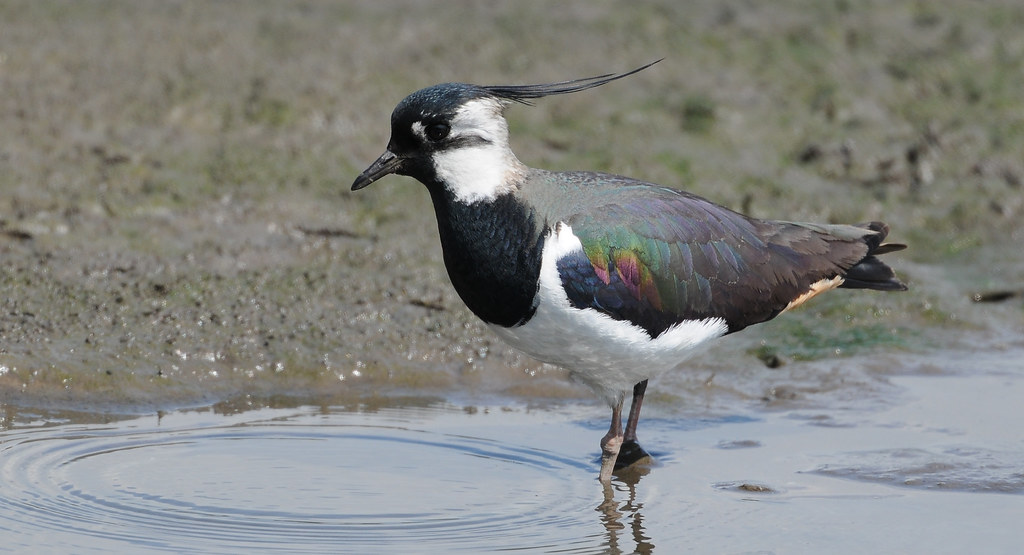I decided as the Firecrest had hung around at Heysham Harbour and was still present yesterday morning into its third day, I should go to twitching mode and get on down there to see this bird.
Firecrest Antonio Puigg
Well I can't resist another photograph of one of these little beauties which gave me excellent views down to a few metres at Heysham Harbour. I was so delighted at the sight of this Firecrest that someone who joined me to watch this bird couldn't have helped but notice my unashamed excitement, the bird was reported still showing at 4.05pm in the afternoon. An adult Mediterranean Gull followed the ferry into the harbour.
Later a quick - by usual standards - look in at Conder Green was rewarded by an all time best count of 17 Little Grebe on Conder Pool, I actually think there may be eighteen present but gave in after counting them five times between their dives. A Little Egret and 2 Wigeon were also noted on the pool, with the Common Sandpiper and up to 120 Teal in the creeks.
At Glasson Dock on the Lune Estuary off Fishnet Point, I counted at least 650 Golden Plover, 600 Wigeon, 100 Tufted Duck, and saw 3 Little Egret, a Peregrine Falcon was on Colloway Marsh.
Twite at Heysham Harbour.
Twite. John Darbyshire.
Whilst at Heysham Harbour yesterday I realised I'd seen no reports to date of the Twite returning here yet this winter, the past two years they had returned on 9 October 2011 - the same date twenty returned to Cant Clough Reservoir this year - and 10 October 2012, so almost three weeks late. Forty Twite were at Fleetwood Marsh yesterday.
And finally....
And finally....
Little Egret Ana Minguez
A brilliant pose and a brilliant image of the Little Egret, thank you Ana. Also thanks to Antonio and John for their excellent images.



.jpg)




.jpg)





















.jpg)






